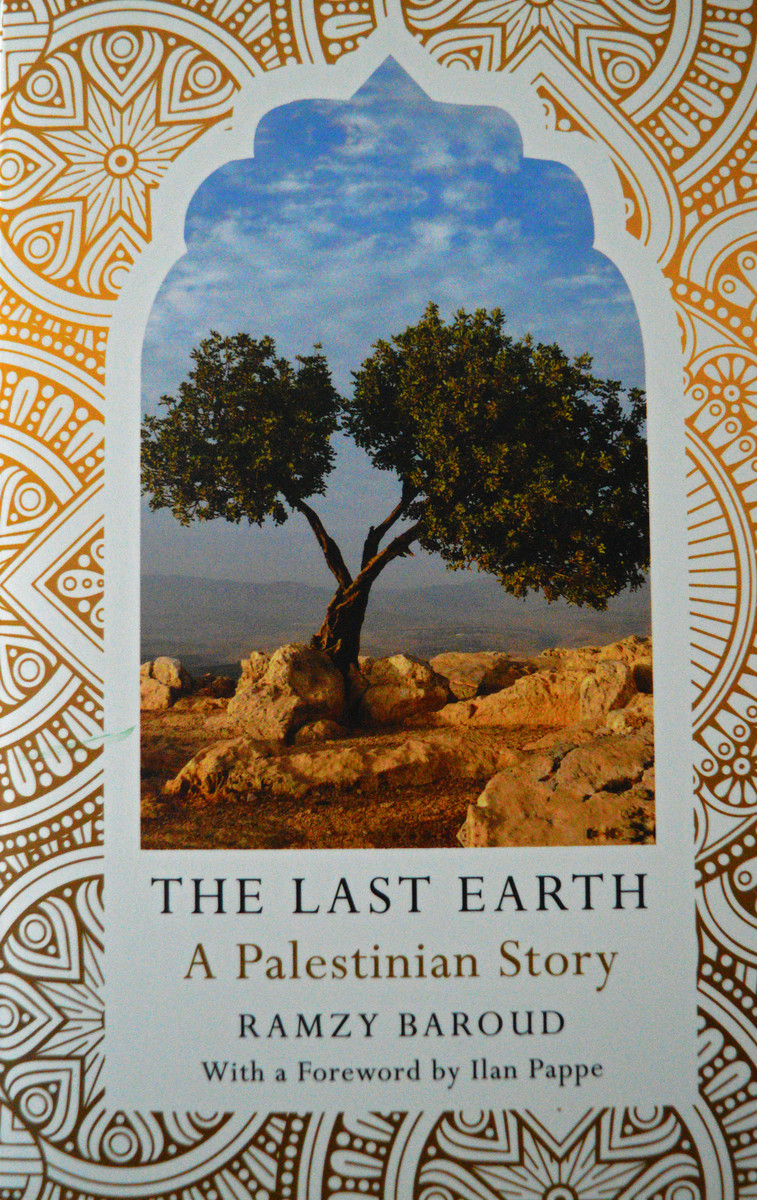CHICAGO: “The Last Earth: A Palestinian Story” by Ramzy Baroud is a collective history of Palestine told through the eyes of ordinary people who have witnessed it, lived through it and continue to fight for their homeland as they recall insurmountable losses and voice their dreams of returning. In this collection of harrowing, heartbreaking and resilient accounts, journalist Baroud attempts to unearth “the common ground of the Palestinian narrative, often separated by political division, geographical barriers and walls, factionalism, military occupation and grinding years of exile.” It is through this book that he is able to portray the stories and shared histories of generations who have fought for their homeland, and it is through their accounts that readers can immerse themselves in the rich soil of Palestine.
Baroud completed his PhD in the summer of 2015 and began a collaborative project with journalists and researchers to obtain a collection of personal Palestinian histories to record in a book, a kind of “reinterpretation” so readers could “appreciate the story as told by its tenacious victims.” Hundreds of Palestinian writers and bloggers around the world sent in their stories and the book was worked out over Skype interviews — all part of Baroud’s Herculean efforts to condense the narrative into complete, rich stories while staying true to each individual account.

Baroud first introduces his readers to Khaled Abdul Ghani Al-Lubani, also known as “Marco,” born in the Yarmouk refugee camp in Damascus, Syria. His life is made up of old maps and fables of Palestine. He is told tales of his grandfather, who worked for the government during the British Mandate of Palestine. In 1948, his village of Al-Mujaydil, a village that “had survived since before it was officially listed in Ottoman records in 1596,” was destroyed and his grandfather was forced to leave and seek refuge in Syria.
Many stories overlap, from the village of Al-Sawafir Al-Sharqiyya, where Abu Sandal’s father owned land that he lost to the Israeli army, to Tamam Nassar, who lived in Joulis until the war forced her to leave, to Hana Al-Shalabi, who staged a hunger strike in an Israeli prison after her brother was killed in the village of Burqin.
The loss and forced relocation recorded by Baroud is overwhelming, but important to read and remember.






















